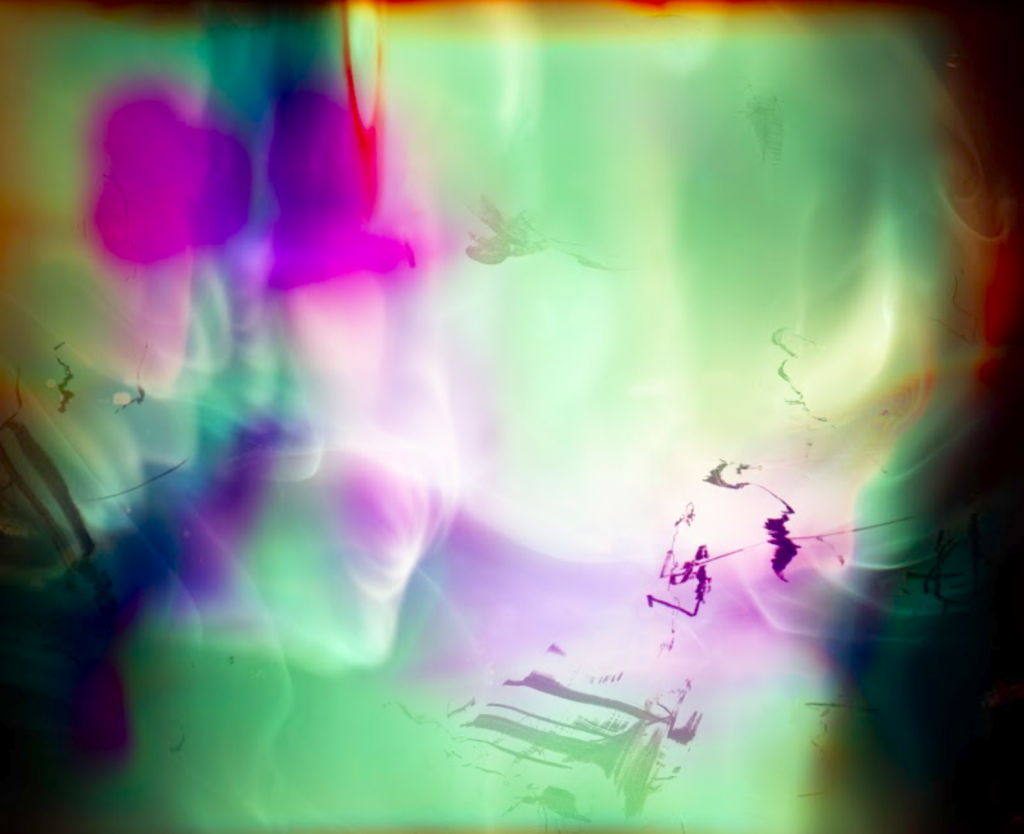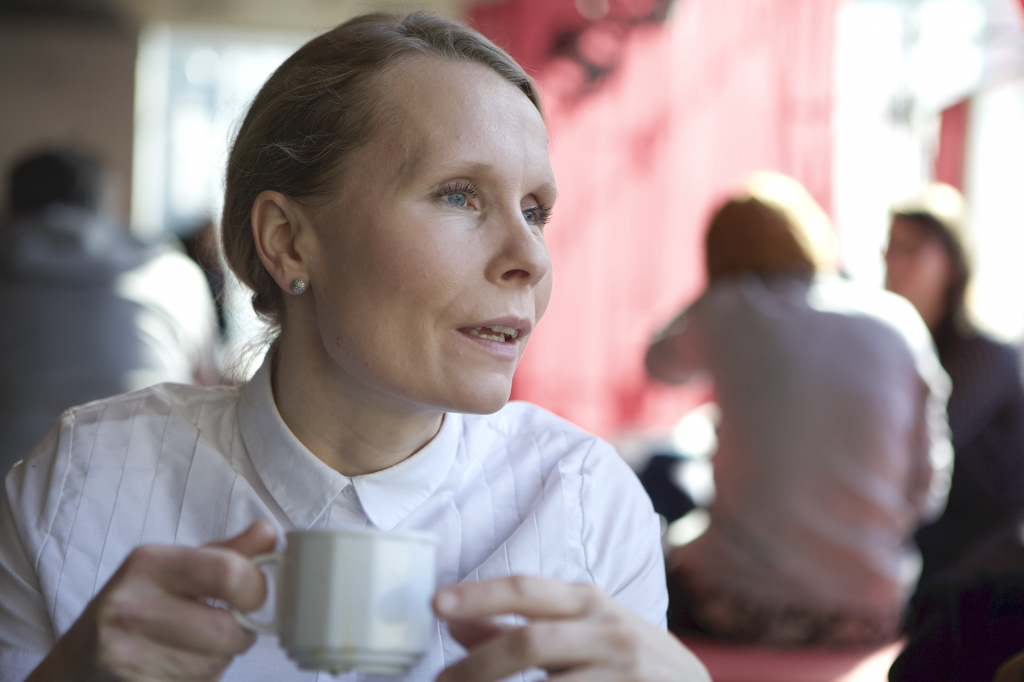Event Schedule
The public defence is held remotely via Zoom: https://aalto.zoom.us/j/61259729404 on Friday 26th March from 12:00 – 14:00.
The audience is asked to join at no later than 12:00. The defence will be recorded.
Event language(s): Finnish
Title of dissertation:
Abstraktin aika. Epäesittävä suomalainen valokuvataide 1920-2020
Opponent: PhD Johanna Frigård, University of Turku.
Custos: Professor Harri Laakso, Aalto University School of Arts, Design and Architecture, Department of Media.
ABSTRACT
“In recent years, no follower of photographic art can have avoided coming into contact with abstract photography. It seems to be everywhere, from the most expensive galleries to the smallest independent exhibition spaces. New makers emerge, and established artists who previously confined themselves to representational art are now working on abstract works. Numerous photography magazines have covered it, dedicating entire issues to the theme. What is it all about? And what exactly is abstract photography? Then there is the question of whether combining photography and abstraction is even possible or meaningful? To answer these questions this research gathers together over 100 years of abstract photography and approaches photographers and artists about their practice through interviews.
As concepts, photography and abstraction seem to be almost opposites. The concept of abstract is usually used specifically to refer to non-representational art and photographic medium is tradition- ally described as a medium of exact representation. Interpreting non-representational images is further complicated by the variety of definitions used. The thought patterns and manufacturing techniques involved in producing abstractions are manifold. However, what all the definitions have in common is that they refer to photography with unrecognisable or hard-to-recognise subjects.
Other recurring themes in abstract photo- graphic art include an investigative orientation, experimentalism, a focus on the working process, and commentary on technical reforms. Medium- related self-referentiality is key: the subjects of abstraction often include the history and characteristics of photography, and the materials of the medium. Throughout its existence, the main subject of photographic abstraction has been photography itself. Furthermore, abstract photographic art is pictorial, non-narrative, and non-verbal. However, this does not mean that abstract photographic art could not be political. Throughout its history, abstract photography has been used as a means to criticise the features and changes of the art world and society in large.
Time after time, abstraction challenges the traditional forms of expression and methods of photography, and functions within this medium as a force promoting renewal and vitality. Abstraction reflects the historical changes in photography over the past century. It highlights the technical changes in photography, but also the relationship between photography and the issues surrounding it, such as science or other art. The history of abstraction reflects the essential questions in the field of photography in each era. Finnish contemporary photographic abstraction returns to 19th-century scientific photography, 1920s avant-garde photograms, and studies of motion. With the emergence of new artists, however, each decade sees a change in content. What all abstractionists have in common is a desire to break the representational character of photography and to boldly study different aspects of photography. Makers of photographic abstractions are always required to consciously work against the norms of photography. Abstraction is bold thinking.”
More information on the thesis
Laura Nissinen’s doctoral dissertation Abstraktin aika. Epäesittävä suomalainen valokuvataide 1920–2020 will be examined at Aalto University on 26th March 2021. The thesis delves into one of medium’s most interesting problems, the possibility of abstract photography. The study, which also includes an artistic part, deals with the production of a total of 32 Finnish photographers and artists through an extensive interview section. In addition, several foreign photographers and artists are involved, as well as 19th Century Finnish and foreign scientists from different fields.
During its 100-year existence, photographic abstraction has established itself as part of photographic expression. However, the reception it has received has varied. Abstract photographs have been perceived as non-photographic and have been seen to resemble too much other visual arts, especially painting. The most turbulent stages in the history of Finnish abstract photography were experienced between 1950s and 1980s. Looking back, especially the 1970s, when many of the permanent structures of Finnish photography also took shape, appear to be problematic in many ways with photographic abstraction.
Today, there are only occasional echoes of the abstract’s sometimes very challenging position in Finnish art photography. However, the reservations of the past decades about the phenomenon can still be seen as interruptions in the narrative of Finnish photographic history and shortcomings in photo archives. Based on the small number of photographic abstractions in archives and collections, we have a gap in our country’s art history.
The strengthened art status of contemporary photography has increased the number of Finnish photographic abstractions and made the unrepresentative form of expression more common. On the other hand, this research shows that the importance of abstract photography in classifying photography as art in Finland has been essential. As Juhani Riekkola, member of the group Fotograafikot stated in his interview: “We hung the first photographs in the galleries, not today’s curators”.
The dissertation is publicly displayed online 10 days before the defence here.
THE DOCTORAND
More information please contact Laura Nissinen



